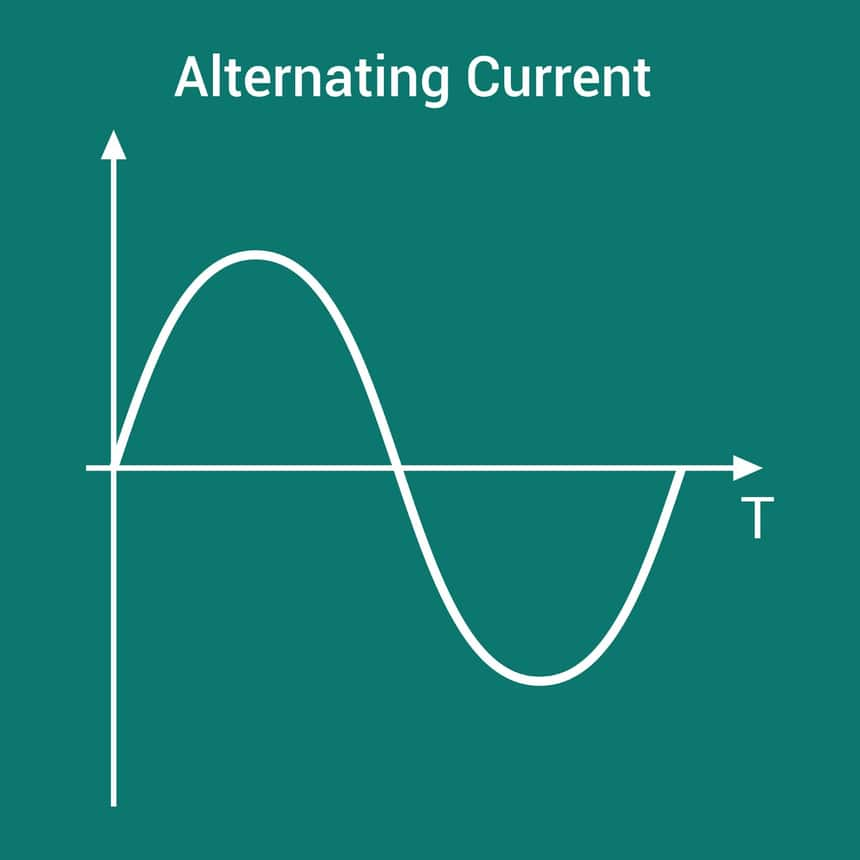DC Full Form
The full form of DC is Direct current. Alternating current (AC) and direct current (DC) are the two ways that electric current can flow. The direction in which the electrons flow is the primary distinction between AC and DC. While electrons continuously change directions in AC, moving forward and then backward, they flow steadily in one direction in DC. Let's discover further distinctions between them in the sections that follow.
- What Exactly Is An Ac (Alternating Current)?
- DC Full Form
- Examples of DC
- Advantages of DC
- Disadvantages of DC

What Exactly Is An Ac (Alternating Current)?
The direction of the electric charge flow fluctuates in alternating current. The most popular and widely utilized form of electric power for buildings, offices, and other places of use is alternating current (AC). It was initially put to the test in 1832 utilizing a dynamo-electric generator and Michael Faraday's theories. A sinusoidal waveform as shown below is one of the most common waveforms that indicate alternating current.

DC Full Form
The full form of DC is direct current. Direct current is a single-direction flow of electric charge. Direct current can go through semiconductors, vacuum, and conductors like wire. Due to its continuous direction of travel, the electric current differs from the alternating current (AC).
Examples of DC
Rectifiers, batteries, generators with commutators, and fuel cells all generate direct currents. A flashlight or an appliance powered by batteries, for instance, both use direct current
Advantages of DC
Direct current (DC) and alternating current (AC) are the two ways we produce electricity . Each form has drawbacks and benefits depending on how it is created and put to use. The ability to carry AC electricity over vast distances more easily is a key benefit. Because it travels great distances to reach us from the massive centralized producing units.Due to the short distance traveled by electricity to reach its destination, AC currents benefit is not significant for independent power plants; instead, independent power plants prioritize the benefits of DC electricity.
Disadvantages of DC
DC voltage cannot be directly step-up or stepped down for power distribution at low voltages or for high voltage power transmission. It increases the cost of transmission by requiring extra hardware like an inverter and a rectifier, among other things.
Frequently Asked Questions (FAQs)
Direct current (DC) refers to a current that only flows in one direction. DC power is used by batteries and electronic gadgets like TVs, laptops, and DVD players; when AC current reaches in a rectifier device, it is converted to DC.
The full of DC is Direct current and the full of AC is alternating current.
Any electrical gadget that relies on a battery as its power source uses direct current. Rechargeable gadgets like computers and cell phones come with an AC converter that changes alternating current to direct current because it is also used to charge batteries.
This concept holds true for lithium-ion batteries that power everything from your computer to your camera. All batteries run on direct current. It also holds true for your car's battery, which is unquestionably a DC battery.
The fact that AC is more efficient than DC was the primary deciding factor. It was able to go further distances thanks to its back-and-forth motion. Consequently, it can power more households.

